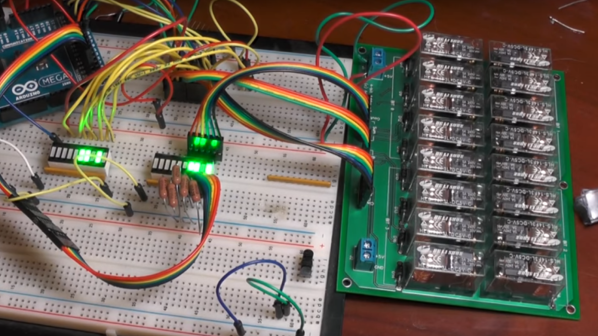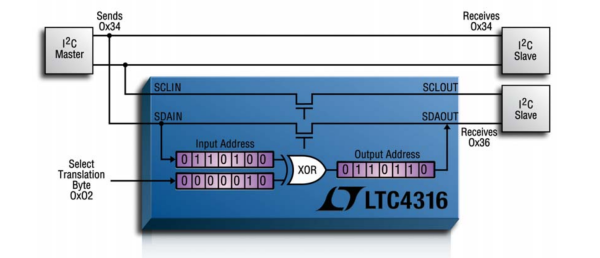Computers built using discrete logic chips? Seen it. Computers from individual transistors? Impressive, but it’s been done. A computer built out of electromechanical relays? Bring on the ozone!
The aptly named [Clickity Clack]’s new YouTube channel promises to be very interesting if he can actually pull off a working computer using nothing but relays. But even if he doesn’t get beyond the three videos in the playlist already, the channel is definitely worth checking out. We’ve never seen a simpler, clearer explanation of binary logic, and [Clickity Clack]’s relay version of the basic logic gates is a great introduction to the concepts.
Using custom PCBs hosting banks of DPDT relays, he progresses from the basic AND and XOR gates to half adders and full adders, explaining how carry in and carry out works. Everything is modular, so four of his 4-bit adder cards eventually get together to form a 16-bit adder, which we assume will be used to build out a very noisy yet entertaining ALU. We’re looking forward to that and relay implementations of the flip-flops and other elements he’ll need for a full computer.
And pay no mind to our earlier dismissal of non-traditional computer projects. It’s worth checking out this discrete 7400 logic computer and this all-transistor build. They’re impressive too in their own way, if a bit quieter than [Clickety Clack]’s project.
Continue reading “Relay Computer Starts With An Adder That Makes A Racket”






 One robot might not do much but the idea behind the Zooids is the introduction of swarm user interfaces, a new class of human-computer interfaces that involves multiple autonomous robots to handle both display and interaction. In a joint work between the Shape Lab at Stanford University (USA) and the Aviz team at Inria (France), researchers developed an
One robot might not do much but the idea behind the Zooids is the introduction of swarm user interfaces, a new class of human-computer interfaces that involves multiple autonomous robots to handle both display and interaction. In a joint work between the Shape Lab at Stanford University (USA) and the Aviz team at Inria (France), researchers developed an 











